Buyers buy art they like. We believe most art buyers make the purchase decision on the fact they want to live with the art in their home or workplace and that being limited is not a huge buying factor.
Does anyone think consumers are not entirely aware that digital prints can be reproduced endlessly and perfectly?
Then why in the 21st Century are we trying to pull the wool over their eyes with limited editions?
WHAT IS THE DIFFERENCE BETWEEN OPEN EDITION PRINTS, LIMITED EDITION PRINTS, NUMBERED PRINTS, SIGNED PRINTS AND NFTs ?
Many collectors disregard prints. Prints are often seen as mass-produced copies of famous artworks that are just not that valuable or worth investing in. But nothing can be further from the truth. Prints can be just as valuable as any other artwork and certain prints are known to reach seven or eight-figure prices at auctions. One of the first prints ever made by Pablo Picasso entitled The Frugal Repas (Le repas frugal) sold for GBP 1,945,250 in 2012, while Au lit: Le baiser, a lithograph by Toulouse-Lautrec reached a staggering price of USD 12,485,000.
Buying prints can be a great way to acquire pieces by famous artists at affordable prices, but they can also serve as a great addition to an all-around collection that encompasses the entire body of work by a certain artist (paintings, drawings and prints alike). Since they cost only a fraction of the price of a painting or a photograph, prints are also a great way for new art collectors to kick off their collection.
Dealers often confuse buyers with expert terms like “limited edition print”, “signed by the artist,” “artist’s proof”, and the like. Understanding these terms is crucial for making an informed decision and determining the value of a print.
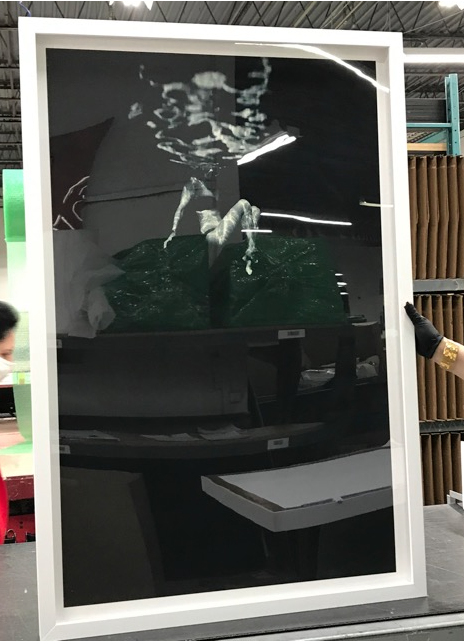
It is not always easy to take an unpopular or controversial stand on an issue, especially when those pitted against you get the knickers in a knot. However, I believe this issue is too important to ignore and will continue to champion open edition digital prints because, in the long run, everybody involved will do better as this way of thinking gains traction. The change is underway, it is not whether, but when limited editions of giclées become passé.
Original Art vs. Reproduction
Not all art prints are reproductions of other famous artworks. Quite the opposite, there are many art pieces that are only made as prints. These prints are called original prints, while prints that represent copies of other art pieces are called reproductions. Just like paintings or sculptures, original art prints are an original work of art that adds to their value and their price. That’s why you should expect to pay much more for an original art print than for a reproduction.
Signed vs. Unsigned Prints
Most artists sign their prints at the bottom right corner of the piece. It’s considered that, by signing a print, the artist approves it, and, claims it as his or her own work. Sometimes printers also sign a print they produce, which is why certain pieces have two signatures. Signatures count for a lot at a print market since they add to the artwork’s authenticity. The value of a signed print is usually two or more times higher than the value of an unsigned print, so if you have a choice, it’s always better to go for the signed version.
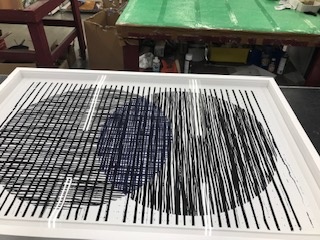
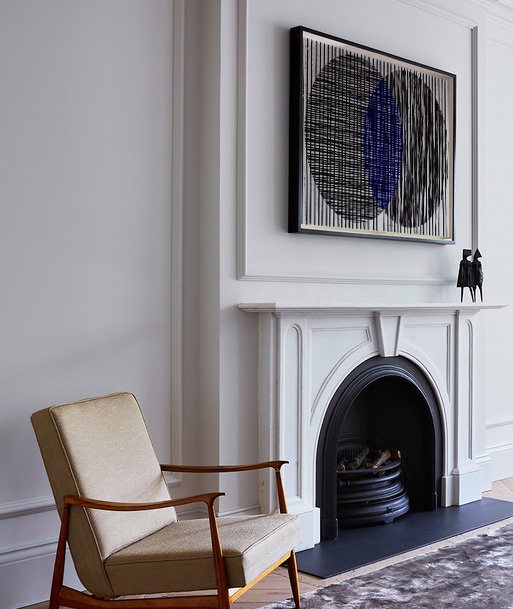
Open vs. Limited Edition Prints
Prints are produced in series called editions. Every edition contains a number of prints made from a single plate in a single run. Unlike unlimited edition prints (also known as open editions), that can be reproduced an infinite number of times, limited editions are (as their name suggests) made in limited amounts. Limited editions can contain anywhere between 2 and several thousand prints, depending on the technique used and intent of the artist. Prints from small editions retain exclusivity and reach higher prices than large edition prints.
What’s a Print Run Number?
Every print in a limited edition is numbered, usually in pencil at the bottom of the print. This number (that looks like a fraction) is called a print run number and it shows the print’s position in the edition. The print run number is vital for determining the value of a print.
The denominator (the bottom number in the fraction) will show you how many prints were printed in one edition. The upper number (numerator) will show you when each print was created during the run. For example, if you see a 15/100 number on your piece, that means that you have the 15th print from the edition that contains a total of 100 prints.

As far as print run numbers are concerned, the rule is simple: the smaller the number the bigger the value. First impressions in the print run usually reach higher prices since they are considered to be the closest to the artist’s original idea.
Trial, Hors de Commerce, Printer’s and Artist’s Proof
What if a print doesn’t have a number but an A/P or a P/P marking on it? Does that mean it’s fake? Absolutely not! Apart from your regular “numbered” prints, every edition can have one or several special kinds of prints called trial proofs, artist’s proofs, bon à tirer proofs and printer’s proofs.
During the printmaking process, the artist tests various ideas, colors, and compositions. These prints pulled out during various working stages are called trial proofs. Trial proofs can show only a part of an incomplete print and they always differ from the final piece.
When the artist is satisfied with the finished plate, a B.A.T. proof is made. B.A.T. is short for “bon à tirer,” a French expression meaning ready for printing. B.A.T. proof serves as an example of how a final art piece should look like. B.A.T. proofs are sent to the printer to ensure that the entire edition matches the artist’s original vision.

Artist’s proof (also known as épreuve d’artiste, or E.A) is an impression of a print, taken during the printmaking process to review the state of a plate. In the past, artist’s proofs were the first prints pulled off a fresh plate but nowadays an artist’s proof can be pulled out at any time during the print run. Artist’s proofs are identical to standard edition prints, but unlike regular prints with fractions, these prints are usually marked with A/P (or E.A). Artists usually keep artist’s proofs for themselves so that they can borrow them to various institutions for exhibition purposes when the rest of the edition is sold out. The number of artist’s proofs may vary, but they shouldn’t exceed 10% of the limited edition run.
Apart from trial and artist’s proofs, you may also encounter a print marked with P/P or H/C, which is short for printer’s proof and hors de commerce proof. Printer’s proofs are complimentary prints given to the publisher. There’s just a handful of these and their quantity depends on the number of printers involved in the printing process (each printer gets one proof).
H/C proofs or hors de commerce proofs (which in French means ‘not for commercial sale’), on the other hand, are intended to serve as samples that artists present to dealers and galleries.
Artist’s proofs, printer’s proofs, H/C proofs, and trial proofs aren’t meant to be sold, but often they too find their way to the market. Proofs are particularly desirable among collectors due to their rarity, or in case of trial proofs, their ability to provide valuable insight into the artist’s creative process.
With so many things to consider, collecting prints can seem like a complicated endeavor. But if you do your research right and find out who is the artist and the printer, how the print was made, how many of them were made, and how many editions have been made, you will be on a good way to determine the real value of a print.
Note:
This article was created by Art Acacia Gallery & Advisory in collaboration with Milica Jovic. Original text, as well as other posts on contemporary art, culture, and society, can be found here.
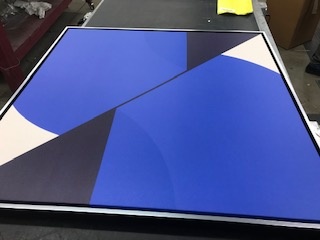
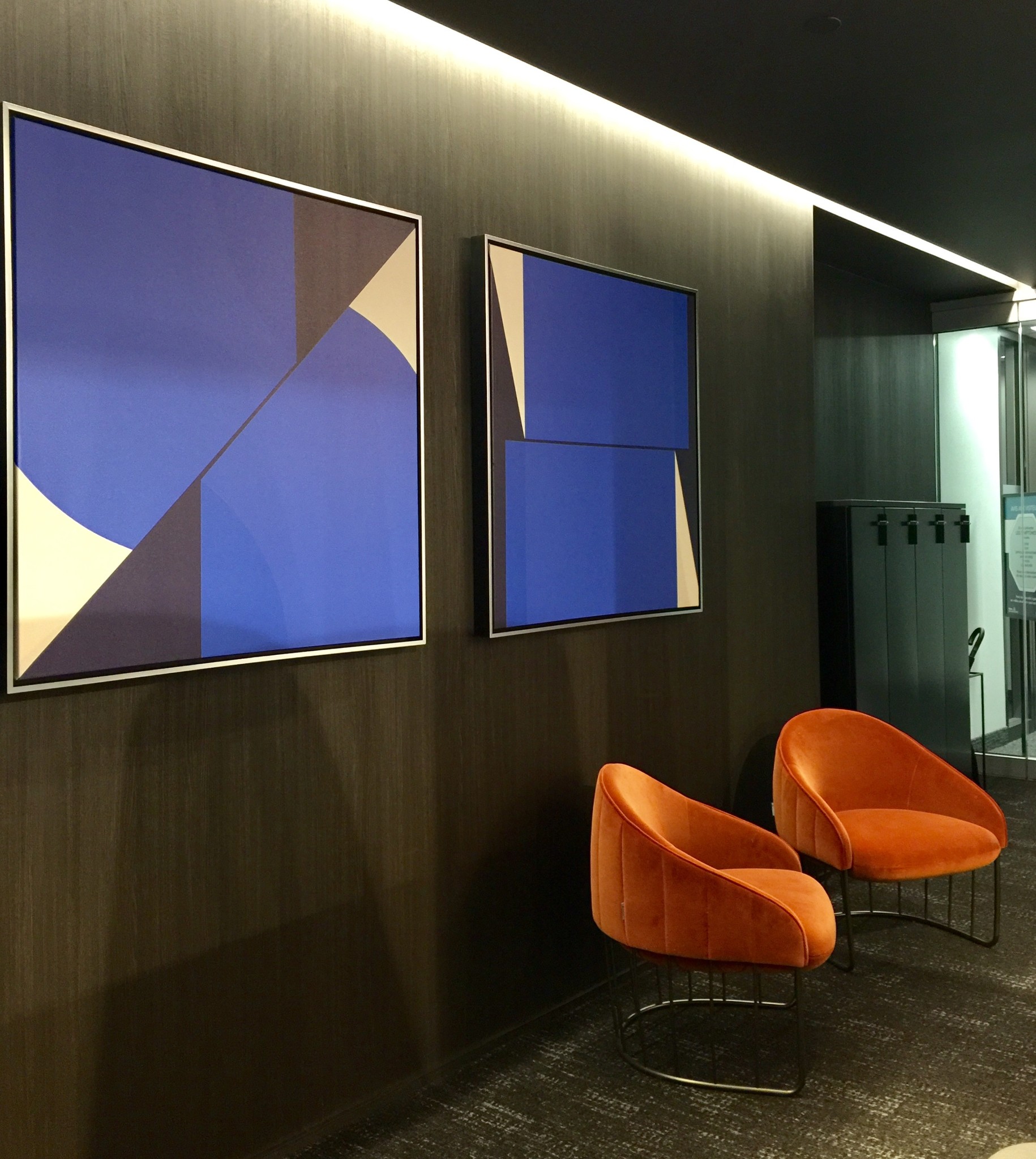
THEIR PERCEIVED VALUE
Limited Edition Prints: Are They Worth Anything?
Limited editions arose out of necessity
That necessity became a tradition in the art business. Now some dealers and artists have it in their head it makes their art “more elite” or “more marketable” or “more collectible.” REALLY? Do the research. For every limited edition that makes it to the secondary market and sells for greater prices than initially offered, thousands of limited editions that never sell out. Why bother?
Do you know artists have to comply with the laws of 14 states when they sell limited editions, including sales made over the internet? Who needs that for something they might otherwise be able to sell many more of at a slightly reduced price without the bookkeeping headaches of managing limited editions. This extra bookkeeping is annoying and is a hidden cost that puts a drag on the profitability of limited print marketing.
Artists can still sequentially number open editions
If an artist wants to number them, it’s fine. Just don’t limit them. I believe there would be some prints that were an open edition, but numbered, that would still find the lower numbers collectible. If you look at the crazy things that are in plentiful supply but numbered somehow, and how the lower numbers are worth more, it says it all about the collector’s mentality. Low number license plates in Delaware go for half a million. Does that make sense when you can get a brand new one for rack rates? No, but collectors don’t care.
As an designer, give your clients what they want
One of the greatest advantages, besides no inventory, to giclées is they can be made to order to suit the customer. This development is a first for the art business, and the industry has not picked up on the fact more art would be sold if artists allowed people to order the size they want. They were completely missing a huge opportunity to fill the needs of buyers in ways never before possible, and it is easy.
It would be interesting to compare it to any other art form that artificially limits how many will be sold. You would laugh at recording artist who limited sales to 1,000 copies of their CD, or filmmakers who only let 10,000 people see a film or a Broadway play that closed in two weeks when the demand for tickets was still high. Artists do this to themselves when they artificially limit the number of pieces of their work. Can you imagine if Bill Gates had only made limited editions of Windows?

Limited editions limit the income of the entire pipeline
Why should artists, dealers, galleries and printers be forced to shut off their revenue stream when a print with viral potential gets shelved because we are beholden to an old form of marketing that doesn’t make sense for anyone?
We believe a well-made compelling, excellent image can be sold as an open edition at a fair price that approximates what the price of a limited edition would be. Anyone who doesn’t believe this is possible is not selling on the value of the artist and the work, but is instead selling on some perceived notion of exclusivity and implied potential future value. Any truly good art salesperson should be able to easily transition to selling this way with no real loss of volume or income.
Things are different now, and they are not going back – Time to get with it
It seems if those who continue to rely on these outdated tactics are going to have an increasingly difficult time in the future. It was not that long ago that many people in the industry thought giclées and digital prints were the worst things that happened to the business. It turns out print-on-demand was one of the best things in the past 100 years for the business. It’s time now to move, so the marketing of this incredible technology catches up with the benefits the technical development have brought us.
NFTs
Until recently I’d never heard of NFTs, or Non-Fungible Tokens, a blockchain-based technology used to authenticate and track the history of a digital object.
According to many artists and collectors, NFTs could revolutionize the digital fine art market. As you might have heard, a collection of NFT artworks by CGI artist Beeple was recently sold through an auction house for €58 million. Just like with any other speculative asset, buyers are hoping the NFT art market will boom, increasing the value of their initial purchase. However, some fear the NFT market could quickly become an unsustainable bubble and crash, leaving inexperienced investors high and dry.
For young digital artists, however, these are exciting times. For years, digital art has proven extremely difficult to monetize, but now there’s a whole new market for it. Even better for the artists, NFTs also have a “royalty” feature, whereby the artist earns a fee every time one of their works changes hands.
What happens if one of your buyers resells your work?
The secondary market is one of the more revolutionary aspects of NFTs, because the artists can earn royalties on their pieces. When you’re filling out the contract, artists are re asked to decide what percentage they want to get from a secondary sale.
New players have now joined in and made the market more mainstream. But as more and more brands try to enter the market, galleries will have to adapt. This might mean organizing digital shows and exhibitions – something most places wouldn’t have ever considered a couple of months ago – but could also potentially have an impact on the artists’ contracts and the royalty clauses, for example.
Why do we sell open edition prints at The Picturalist?
Whether you want to create a gallery wall or hang one large statement-making piece, you don’t have to break the bank to invest in beautiful, inspiring works of art in your home.
An open edition print is a high quality print reproduction of an original artwork printed with pigment based inks. Open edition prints are not signed by the artist nor are they individually numbered. Open edition prints do not come with a certificate of authenticity but may be framed for display. At The Picturalist, we offer beautiful unsigned open edition through our website where you may purchase artwork that is printed on an array of substrates including paper, canvas, acrylic or metal.
Why? Buyers buy art they like, not limited editions
We believe most art buyers make the purchase decision on the fact they want to live with the art in their home or workplace and that being limited is not a huge buying factor.
We also believe there are many dealer and galleries addicted to the notion without realizing it costs them money in the long run. Does anyone think consumers are not entirely aware that digital prints can be reproduced endlessly and perfectly?
Then why in the 21st Century are we trying to pull the wool over their eyes with limited editions?
A few years ago we asked the question, “Why do we need art in our homes?”
While it feels like a simple question, with an even simpler answer, the truth is that it goes way beyond bringing a little color into the living room.
Art breathes life into a space. It allows us to express ourselves, encouraging dialogue and welcoming emotion. It reminds us of what is possible—all to help turn an ordinary house into a home.
So, why not try selling your art to interior designers?
While artists often have their sights set on the “almighty” gallery, the interior design market is vast and the need for new art is endless. In fact, in 2008 there were only 6,600 art galleries in the U.S. and over a whopping 71,700 interior designers. That’s ten times as many interior designers as art galleries in the United States.
We reached out to three amazing interior designers in the Colorado area to learn firsthand about the design process, how they find new artists and works to use, their tips for reaching out to designers, and much more.
Here’s what they revealed:
Art is more than just a pretty picture
“When sourcing art for others, I look for pieces that will resonate and have meaning for my clients,” explains Jennifer Rhode, a commercial and residential designer in the Boulder area who lives for modern, cozy designs.
“I think art should be a reflection of the loves and passions and interests of the people living in the home,” she says. “There should be a connection that helps tell the story of the family in the home.”
“I also really like when my clients can meet the artist or commission their own pieces, that way they can learn the story behind the piece or even be a part of the story,” adds Jennifer.
In other words, it’s way more personal than simply matching the art to the curtains because clients will be looking at these pieces for years to come. It’s their space to live in and it should celebrate who they are.
Margarita Bravo, a Denver-based designer with an eye for blending her clients’ styles and her own creativity, embraces this philosophy as well:
“If I were to purchase a new piece, recommend someone, or suggest a piece of art to a client, I just go at it open-minded. This is somewhat of a delicate balance because art pieces are such crucial, central pieces in interior design. The artwork has to fit at multiple levels—the space and the client’s personality,” expresses Margarita.
“I think there are some works that are compelling and important to experience (Guernica, for example) that would be difficult to live with,” explains Jennifer. “I want the art in my home and the homes of my clients to be uplifting and provide joy.”
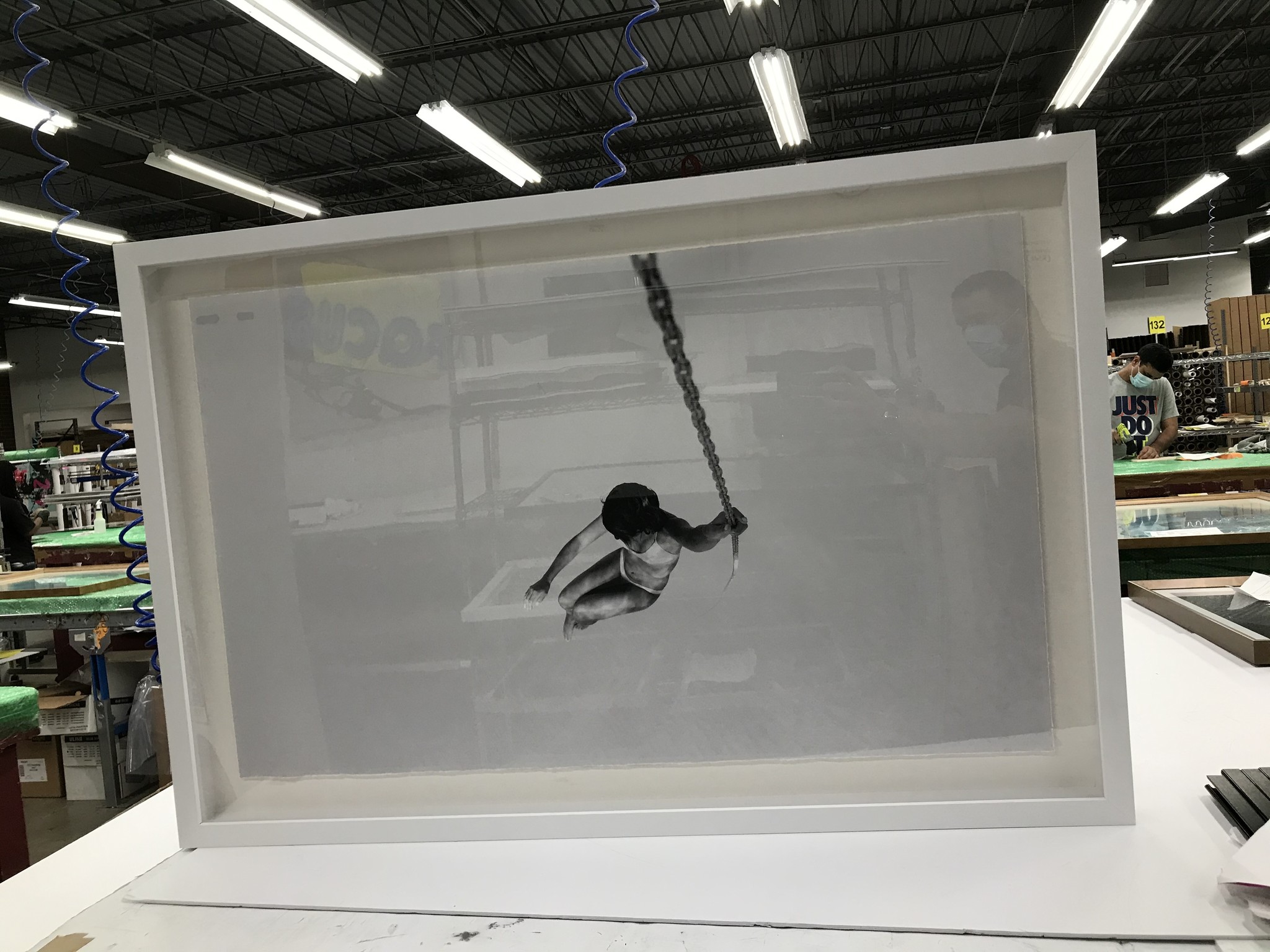
That’s the nature of interior design. Certain types of works are simply easier to include, and it all has to do with the mood you want to create for the space you are living in. But, that doesn’t mean all designers and clients want bold abstracts. Different rooms may beg for different styles of art and photography pieces that make you think for an office space, pieces that are calming for a bedroom, and so on.
“People hire designers who have an aesthetic and style that resonates with them. It’s the same principle for buying art from an artist. It’s all subjective, and based on taste and style,” reminds Meg.
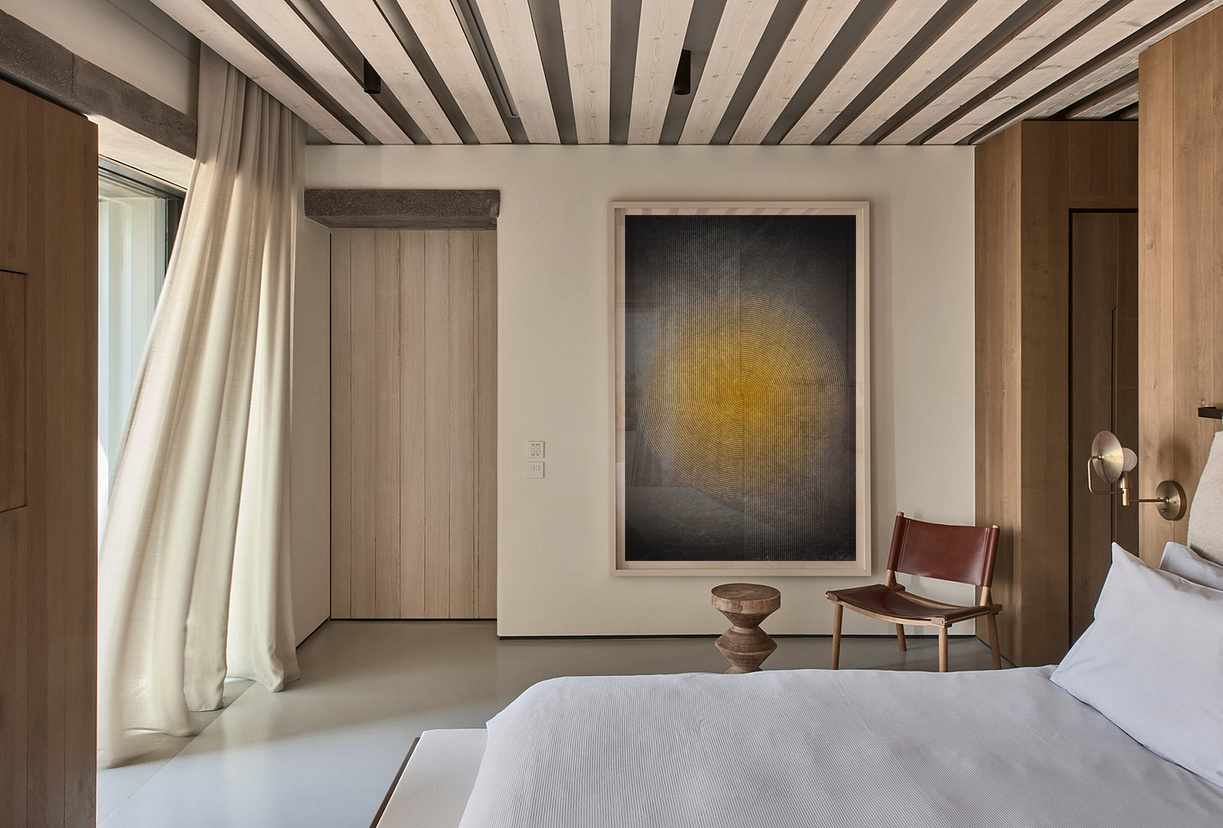
“Ultimately,” reveals Margarita, “I look for my breath to be taken away when the piece is standing there where it belongs.”
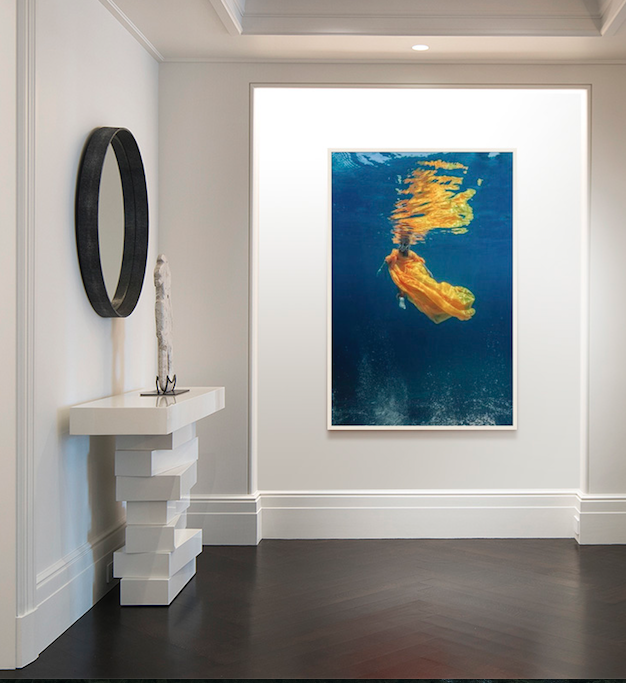
Bibliography:
Excerpts used by Art Business Blog by Barney David
NFTs explained by Mitchell Clark
Artworkarchive.com Why do We Need Art in Our Homes?
Art Talks, Differentlevel.com





